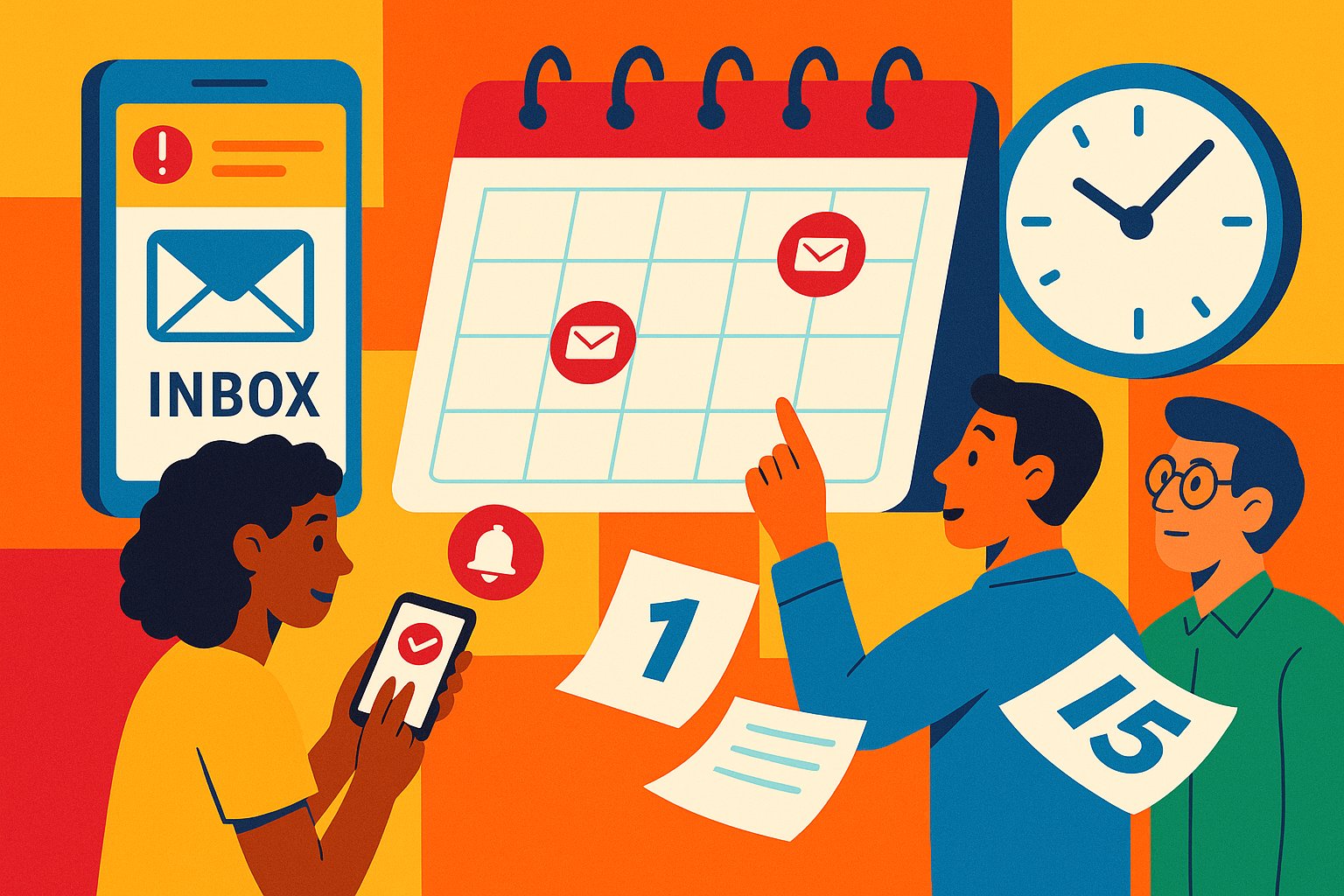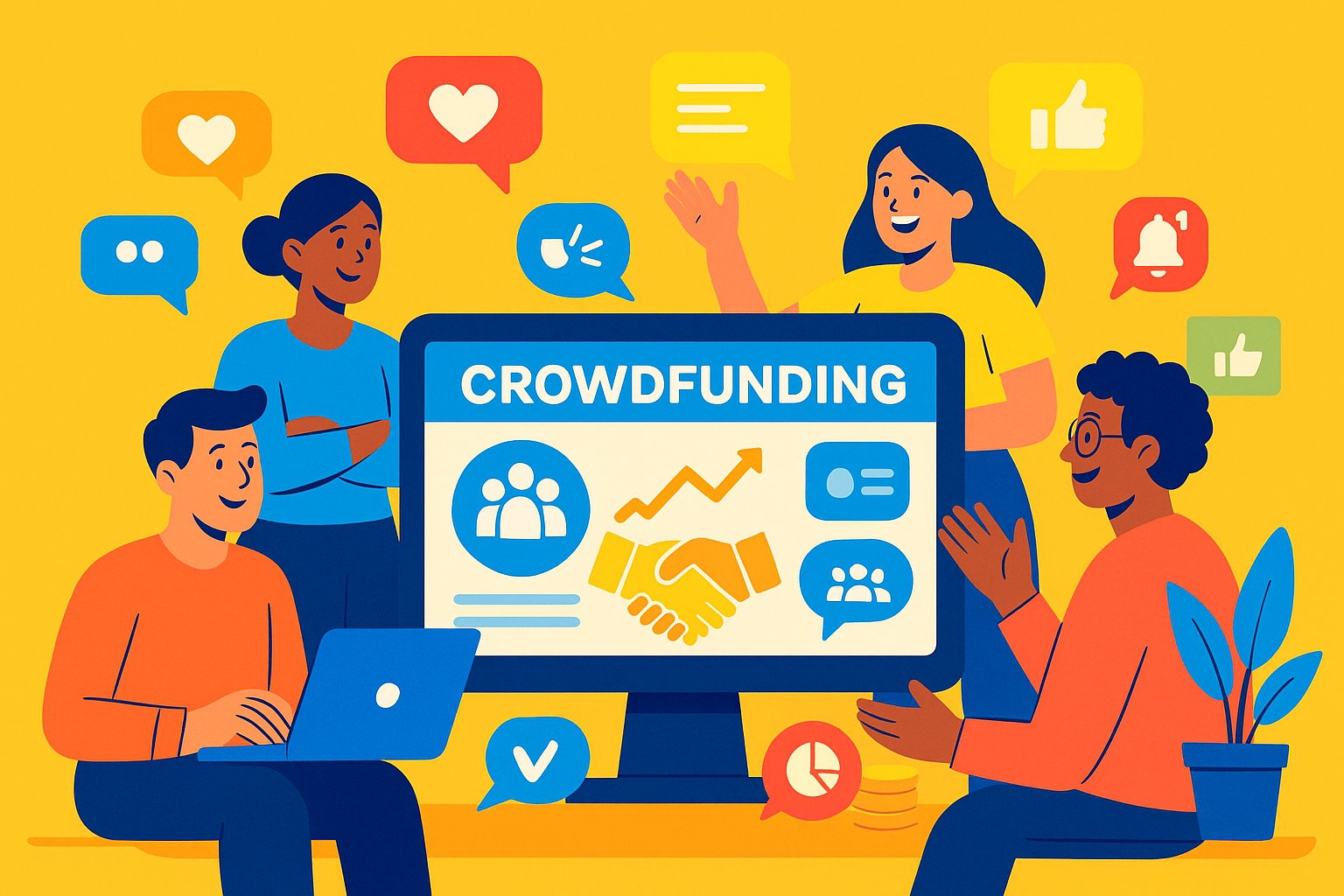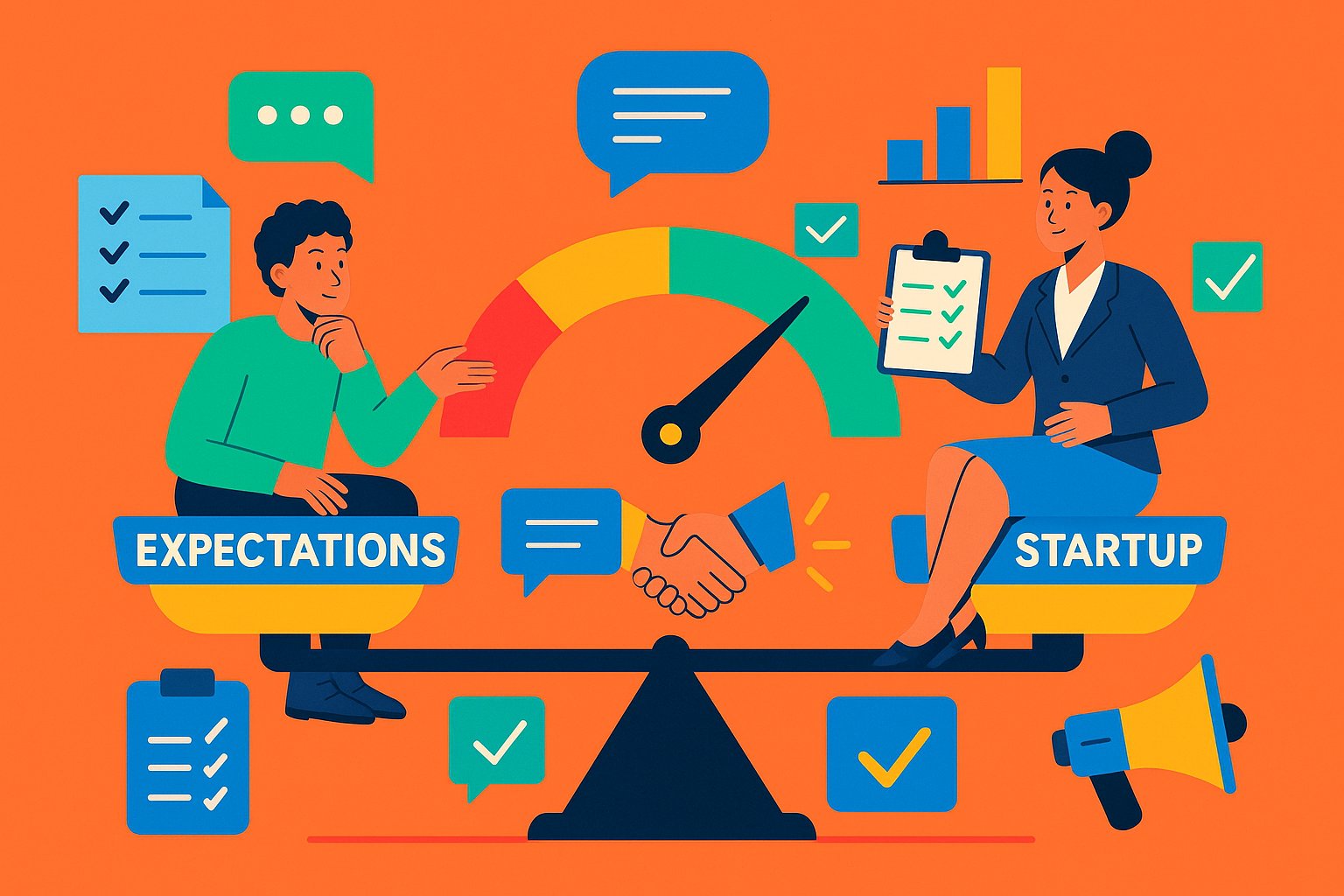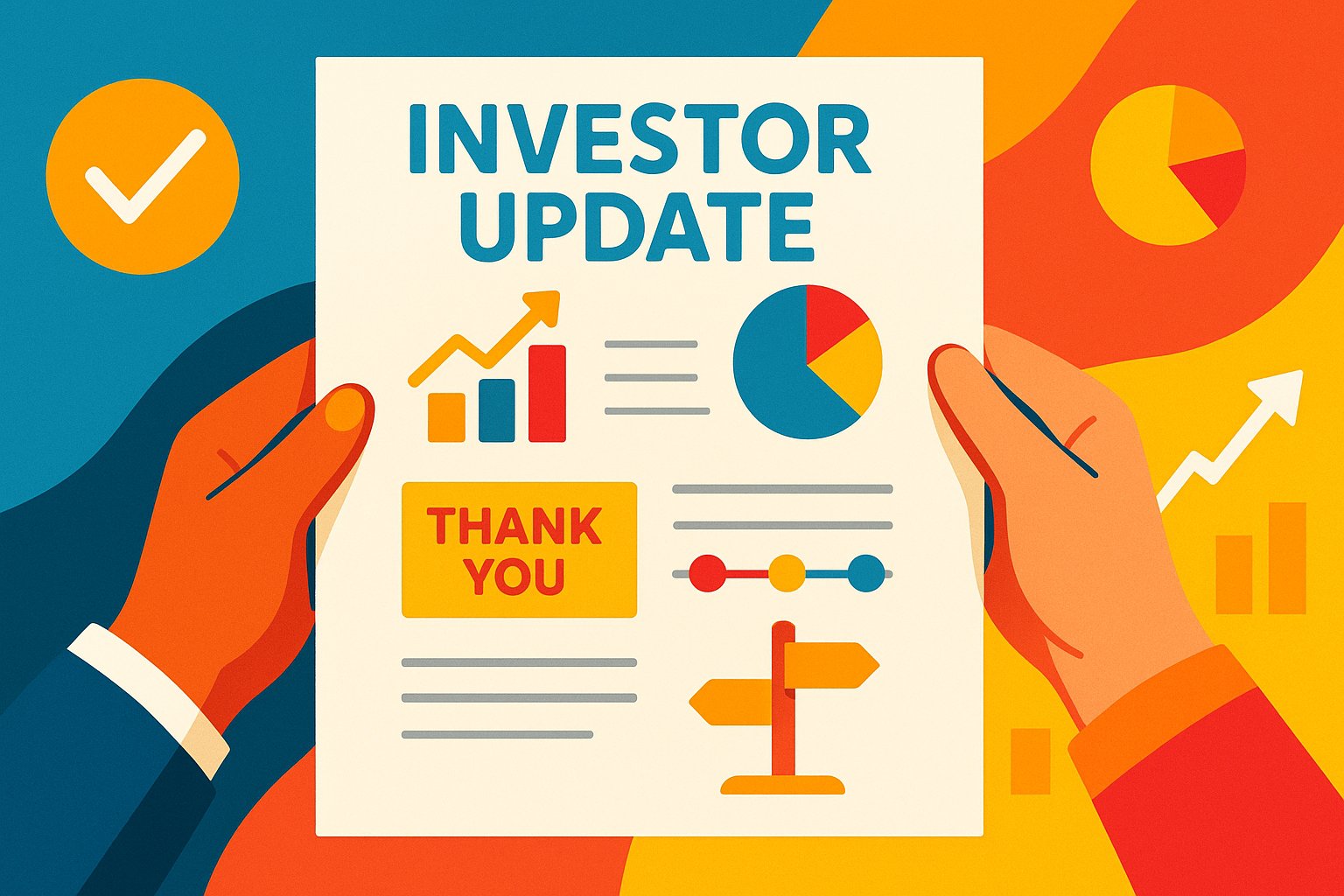Striking the Right Chord: Finding Your Update Rhythm
Investor updates serve as the lifeblood of trust in any crowdfunded venture. These communications reassure backers that their capital is being stewarded responsibly and that momentum continues long after the funding goal is met. Yet too few updates can leave investors feeling neglected, while flooding inboxes risks fatigue and disengagement. Striking the perfect cadence requires both strategic thinking and empathetic listening—balancing your operational bandwidth with backers’ hunger for insight. In this opening exploration, we’ll unpack the art and science of update frequency, uncover why the “just right” tempo shifts as your company evolves, and preview the key considerations that will guide you in crafting a cadence that keeps investors informed, engaged, and energized.
At its core, optimal update frequency reflects three pillars: transparency, relevance, and respect for time. You want to maintain an open channel that demystifies progress and setbacks without overwhelming inboxes. You must deliver meaningful content—milestones reached, challenges navigated, metrics achieved—rather than empty “just checking in” notes. And you must honor investors’ schedules, recognizing that their time is as valuable as their funds. When these pillars align, your update cadence fosters both ongoing excitement and credibility, ensuring that backers remain champions of your mission. Let’s dive into the factors that will shape your ideal rhythm, adjusting as your venture navigates funding, product development, market entry, and beyond.
The Foundational Phase: Establishing a Baseline Cadence
Every startup journey begins with promise, but ambiguous timelines can quickly erode investor goodwill. In the immediate aftermath of a successful crowdfund, aim to send your first comprehensive update within two to four weeks. This initial communication should recap campaign highlights, outline immediate next steps, and introduce your planned regular update schedule—whether monthly, bi-monthly, or quarterly. By setting clear expectations up front, you signal professionalism and respect for your backers’ desire for consistency.
For most early-stage crowdfunders, a monthly update cadence strikes the right balance. Monthly intervals provide sufficient time to achieve and report meaningful progress—product iterations, user testing insights, or partnership negotiations—without lapsing into radio silence. Early in development, you’ll often have tangible milestones to share each month: design sprints completed, prototype deliveries, or initial customer feedback loops. As you refine your processes, adjust your baseline frequency based on the volume of noteworthy developments and the resources required to produce high-quality insights.
Accelerating Momentum: When to Increase Your Frequency
As your startup gains traction—closing pilot customers, securing strategic alliances, or hitting revenue targets—your community’s appetite for near-real-time insight intensifies. In these high-velocity periods, consider shifting to bi-weekly or even weekly updates, provided you can sustain substantive content. Weekly updates work best when you’re running time-bound initiatives such as beta programs, marketing campaigns with daily KPIs, or development sprints culminating in public demos. Here, frequent communication keeps energy high, harnesses immediate feedback, and underscores the pace at which you’re executing.
However, increased frequency demands discipline. Avoid hollow weekly emails that simply restate yesterday’s status; each must deliver fresh data, qualitative anecdotes, or pivot announcements that justify the cadence. When urgency declines—campaign phases complete or customer onboarding stabilizes—revert to a less aggressive rhythm to prevent burnout on both sides. Effective cadence management thus resembles throttle control: accelerate when the road demands speed, then ease off to conserve resources and retain impact.
The Long Haul: Adapting Cadence as You Scale
Scaling from pre-revenue to revenue-generating stages, your operational tempo smooths into a more predictable pattern. At this juncture, a quarterly update may suffice for core progress reporting, supplemented by targeted “spot updates” for major events—product launches, Series A announcements, or significant partnerships. Quarterly intervals give your team space to deliver polished metrics—revenue growth percentages, customer retention figures, and profit margin trends—while allocating creativity and time to strategic initiatives.
That said, special circumstances warrant mid-quarter communications. If you win a marquee client, face regulatory changes, or experience an unexpected setback, forego the standard calendar and issue an immediate update. Investors appreciate proactive transparency that short-circuits rumor mills and demonstrates your commitment to their interests. Over time, the rhythm of quarterly pillars plus event-driven spotlights evolves into a cadence that reflects both steady growth and agile responsiveness.
Content vs. Cadence: Prioritizing Substance Over Schedule
While cadence is crucial, content quality reigns supreme. A monthly email devoid of new insights can damage credibility more than an occasional skipped update. Investors tolerate less frequent communications if every touchpoint delivers value: clear data, honest assessments, and forward-looking context. Conversely, frequent but shallow messages erode attention and heighten skepticism.
To ensure substance, define content pillars for each update—such as product progress, financial runway, customer metrics, team developments, and strategic partnerships—and rotate emphasis based on relevance. Use data visualizations sparingly to illustrate trends, and weave in human narratives: founder reflections, customer success stories, or lessons learned. By aligning cadence with content, you cultivate a reputation for dependable, impactful reporting that backers anticipate rather than dread.
Customizing Cadence for Investor Segments
Crowdfunding communities often comprise a diverse array of backers: from retail enthusiasts to accredited angel investors. One-size-fits-all cadences may not resonate equally. Consider segmented communications: general monthly newsletters for the wider base, complemented by exclusive deep-dive briefings for major stakeholders or accredited investors. These premium updates can include detailed financial models, board-level insights, or early access to strategic decks.
Segmented cadence acknowledges varying appetites for detail and involvement. Casual backers stay informed without information overload, while highly engaged investors receive the granularity they crave. Implementing this tiered rhythm demands robust CRM tools and clear data governance, but the payoff in tailored engagement and heightened satisfaction among your most influential champions is well worth the investment.
Leveraging Automation Without Losing Humanity
Scaling your update cadence benefits from automation tools—email platforms that schedule releases, segment lists, and track engagement metrics. Automated workflows ensure consistency, reduce manual errors, and provide analytics on open rates and click-throughs. However, beware of letting automation sterilize your messaging.
Investors value the personal touch: a founder’s voice note embedded in an email, a custom greeting for milestone celebrations, or a brief cameo video acknowledging particularly active backers. Combine automated scheduling with personalized content inserts—such as dynamic tokens that reference each backer’s name, investment level, or past engagement history. This fusion of efficiency and authenticity preserves cadence while reinforcing the human connection that lies at the heart of successful crowdfunding relationships.
Synchronizing with Company Milestones and Market Cycles
Your update cadence need not exist in isolation; align it with key internal and external cycles. Product development sprints, fiscal quarter ends, and major industry events (trade shows, regulatory changes, or sector conferences) present natural anchor points for updates. A pre-launch teaser before a major event can build anticipation, while a post-event summary delivers timely insights on how public receptions or competitive moves shape your strategy.
Similarly, synchronize updates with financial reporting requirements. If you maintain quarterly financial statements, an investor update immediately following the board review meeting allows you to share approved figures and forward-looking guidance with minimal lag. By weaving your communication rhythm into broader company and market calendars, you create a cohesive narrative that underscores your strategic acumen and operational coordination.
Recognizing and Addressing Update Fatigue
Even the most engaged backers can experience update fatigue if cadence and content misalign. Watch for declining open rates, reduced forum participation, or unsubscription requests—signals that your rhythm may be too aggressive or content insufficiently relevant. Solicit direct feedback via pulse surveys: ask investors how often they wish to hear from you and what topics interest them most.
When fatigue surfaces, consider pausing routine updates for a brief period to recalibrate—focusing instead on high-impact announcements or community events. Alternatively, shift format: replace a lengthy email with a short video, a single infographic, or a live Q&A session. By treating fatigue as a diagnostic cue rather than a nuisance, you demonstrate responsiveness and a commitment to meeting backer needs, reinforcing trust even as you refine your cadence.
Navigating Crises: Communicating Outside Your Normal Rhythm
Crises—product failures, leadership changes, or industry disruptions—demand immediate communication, regardless of your established schedule. In these moments, silence breeds speculation and anxiety. Issue a special update that acknowledges the situation, outlines known facts, and conveys your action plan along with a promise for more detail soon. A transparent, timely response can transform a potential reputation crisis into an opportunity to showcase leadership integrity and resilience.
After the initial crisis update, return to your normal cadence with a detailed debrief in the next planned communication slot. Explain root causes, corrective measures, and lessons learned, pairing candor with forward-looking optimism. This two-step approach—rapid triage followed by in-depth reflection—meets investors’ immediate needs for information while reinforcing that you maintain overall control of both crisis and communications.
Sustaining Long-Term Engagement: Evolving Your Cadence Over Time
Investor update frequency is not set in stone; it should evolve alongside your company’s lifecycle. As you transition from prototype to market entry, shift from intensive sprint updates to steady-state rhythms that reflect operational maturity. In later growth stages—when quarterly earnings calls become standard—you may merge crowdfunding updates into broader investor-relations routines, ensuring continuity without redundancy.
Periodically reassess your cadence strategy—perhaps annually or after major funding rounds—using engagement data, investor feedback, and internal resource evaluations. By treating cadence as a living framework rather than a fixed mandate, you adapt to changing stakeholder needs, operational realities, and market dynamics, preserving the vitality of your communications far into the future.
Harmonizing Cadence for Maximum Impact
Determining how often to send investor updates is a nuanced art, balancing transparency, relevance, and respect for backer time. From your initial post-raise communiqué through the highs of rapid growth and the lows of unexpected setbacks, your communication cadence signals professionalism and fosters trust. Whether monthly touchpoints, bi-weekly deep dives, or quarterly pillars supplemented by spot updates, the key lies in aligning rhythm with content and audience needs.
By setting clear expectations early, calibrating frequency to operational tempo, segmenting your community, integrating automation with personalization, and proactively addressing fatigue and crises, you’ll cultivate a communication cadence that amplifies engagement and fortifies investor confidence. In the ever-evolving journey of crowdfunding, a well-tuned update rhythm serves as both compass and chorus—guiding stakeholders through every twist and celebrating each triumph in harmonious sync.




